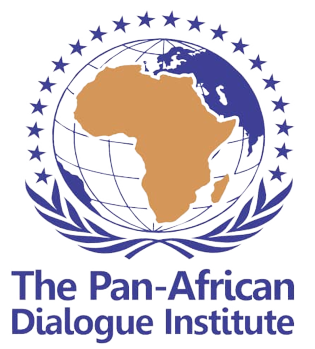[ethiopia]
GAMBELLA
The Ethiopian Peacemaking Database consists of research on traditional forms of reconciliation throughout the country.
In Gambella, we showcase the Chuot people of Nuer Zone, in the far east.
 Number of Reconciliation Ideas: 1
Number of Reconciliation Ideas: 1
Ethnic Group: Chuot
Name of Reconciliation: Chuot / Traditional clan-based reconciliation method
About Gambela:
Gambella people region is one of the nine ethnic divisions (kililoch) of Ethiopia. The region is situated between the Baro and Akobo River which is the only navigates rivers for transportation in Ethiopia.
The region composes of 5 major ethnics that are divided in to sub clans within the 3 zones of the region.
Inter-clan conflict in the region can be traced as far back as the early 19 century. With this token, inter clan reconciliation emerged as a means of aborting the very effect that the violence may cause toward the rest of the clans.

Location of Reconciliation Process: Nuer Zone – The zone is borders by the republic of south Sudan on the south, west and north, by Mejeng zone on the east and by Anyuak zone on south- east.
Stages of Chuot Process:
As the name indicate “chuot.” Is basically used in the life lost during clan based violence or paying the amount of the raided cows or destroyed property to the victims by the clan from which the wrongdoer emerges from.
- As soon as the violence irrupted between two nuer clans the rest of the remaining clans form solid unit that interrupt the repetition of violence among the two involved party. Their main task is to reassure the disputant to abort violence and vengeance that will affect their life as well as the life o their family.
- The unit pursues the disputant separately and convinces them to bring their matter before the rest of the clan and community leader. This is the most significant stage for it involvement elders from every nuer clans, fearless youth, traditional leader and families that are related to the disputant directly but didn’t involve in that chaos to convince their keen.
- The unit arranges a date for disputant to litigate openly before the traditional leaders, respected nuer personals and the rest of the nuer clans. Every clan are represented and given a chance to express their view point in determining whose in fault through their representative after both of the disputant stated their fact.
- The elders announce the wrongdoer. They instructed the remedy and measure to be taken against the clan that is found to be at fault without excluding members that did not participate in that violence. The remedies mostly involve confiscation of stated amount of cattle payable by the wrongdoer clan if they refused to hand over the cattle by themselves. The dispute is finalized by sacrificing cattle to “kuoth.” This is used as means of inflicting fear among the disputant to abort vengeance.
